This week I’ve been thinking about places that could foster a living world. Some places are just comfortable. Comfortable in a deep sense. It’s not a matter of soft chairs, tasteful finishes, or whatever, but spots that just feel easy— like you can just be yourself. Can you think of places you’ve been like that? I can. Just remembering them brings a certain kind of feeling of ease.
How do these places work? How are they made? Could placemaking play a role in building a better world? Lot’s of people think about this, but this week I want to tell you about one of my favorites placemakers.
A better world is possible. Subscribe to learn how to build it!
At home in the world
Christopher Alexander (1936-2022) was an architect and philosopher who thought seriously about how to create places where people could be deeply and truly at home. I find his vision for the world inspiring and his methods and ideas incredibly useful. At least one of his books is always in my active reading pile. When I reach the end of the book, I put the bookmark right back to the beginning, ready for my next time through.
In all of his work, Alexander paints a picture of a possible and partially existing world that has so much texture and feels so real that I get the feeling when I look up from the page, I’ll see it. I get an almost homesick feeling for the places he describes.
Yet, his criteria are also hard to capture in a thumbnail sketch. In his early work, Alexander actually called the thing he was trying to get at “the quality without a name” to indicate how it seems to slip from the descriptive grasp. He later called them living or enlivened places. What he was after, though, isn’t as mystical as all this seems. It is just an everyday quality of places that feel right.
Here are a few of the hundreds of example images in Alexander’s books. They are all very different kinds of places, but all share the quality of being living.
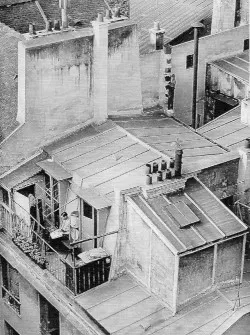

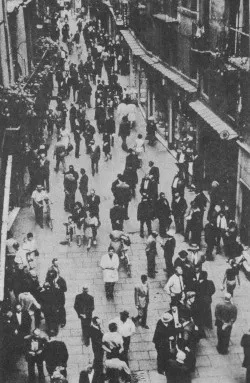
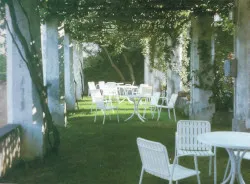
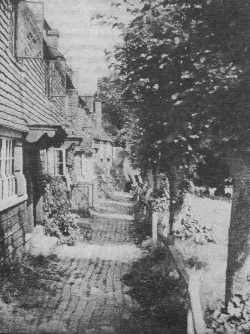
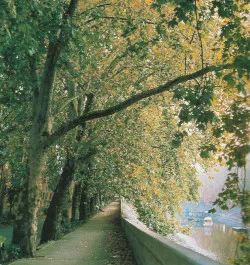
For Alexander, an important first step for creating a better built world is to learn to recognize this quality of life. This means learning to listen to a deep inner feeling, which can then serve as a guide to increasing the life of a place.
Quick primers
Here are some good introductions to who Alexander was:
You can read more about his life in this Guardian obituary. Howard Davis, “Christopher Alexander Obituary,” The Guardian, March 29, 2022.
David Bollier has a nice summary of his life and ideas. “Farewell to Christopher Alexander, Edgar Cahn, and Gustavo Esteva,” Resilience, April 20, 2022.
The Center for Environmental Structure has a site with a definitive set of resources: PatternLanguage.com
Living places, on purpose
But can you make a good place on purpose? Alexander thought that current planning, design, and building practices can’t. Many things get in the way— developers trying to maximize profit or architects trying to win awards; the separation of designing, building and living; rigid building codes; and the difficulty of designing these spaces on paper. They all move us in the wrong direction. What was easy for most of human history has become almost impossible.
Alexander spent his career trying to rediscover how to consistently create places that felt like the ones in the example photos. Here are a few of designs from Alexander and his colleagues at the Center for Environmental Structure:
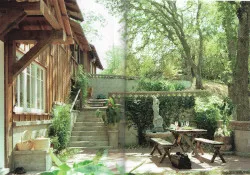
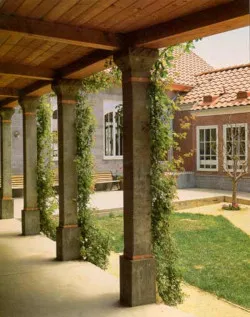
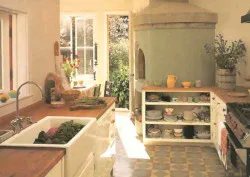
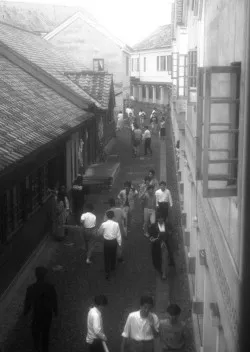
Your own place
Christopher Alexander was mostly ignored by architects, but his books have been some of the best selling architecture books for decades. There are many reasons, but a big part of it was that most of Alexander’s writing was for regular people. He wanted to develop tools and methods that anyone could use to improve their own homes, neighborhoods, and towns. Next week, I’ll share some highlights from this toolbox.
In the meantime: are there places where you have felt most comfortable in this way? What do you think made them that way? Let me know in the comments. Also, if you know someone who loves to think about or be in space, send this along!
I’d love to hear from you. What’s your vision for a living world? What projects and ideas are you excited about? What topics do you want to see here? What am I missing? Let me know in the comments.




